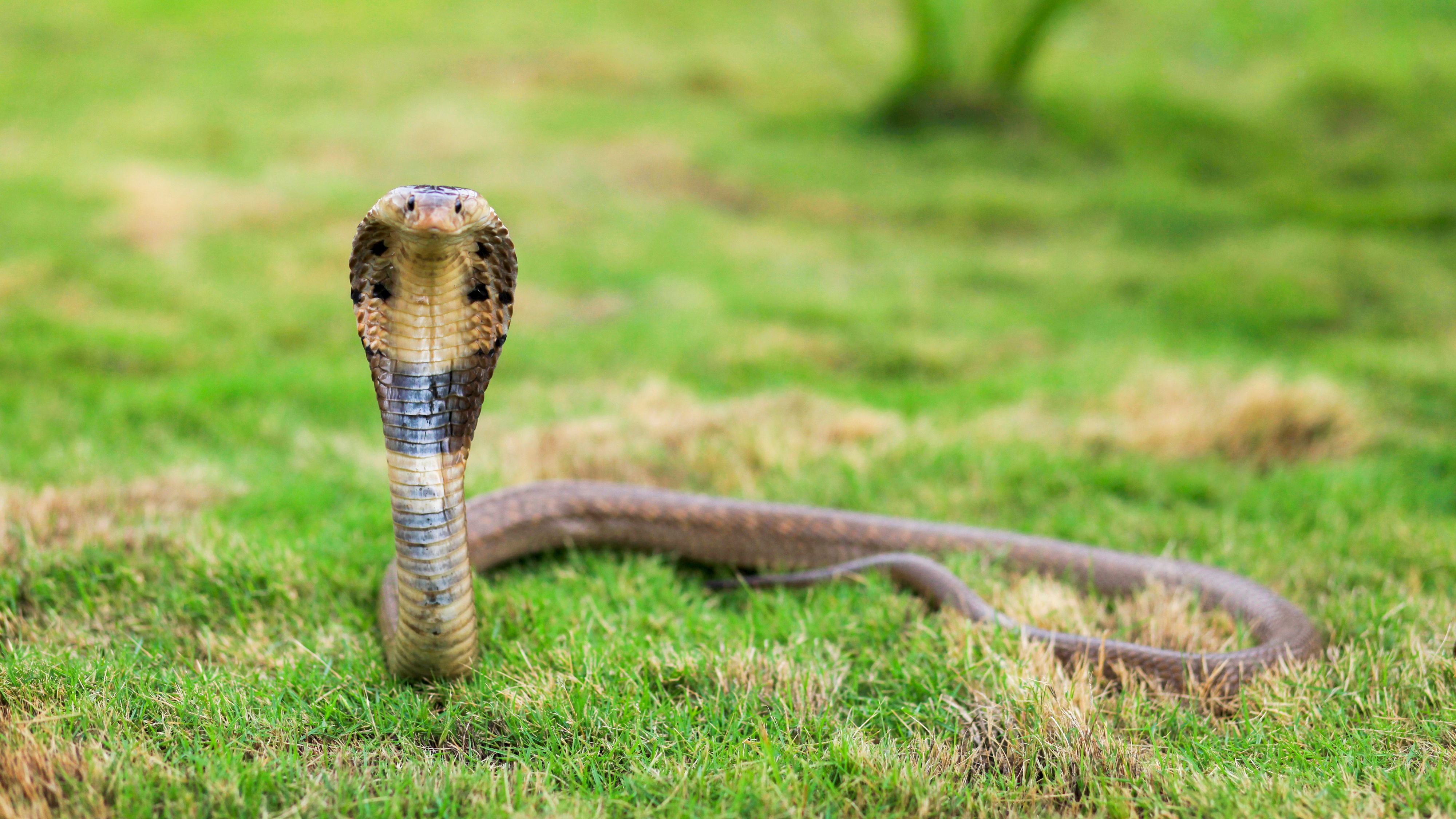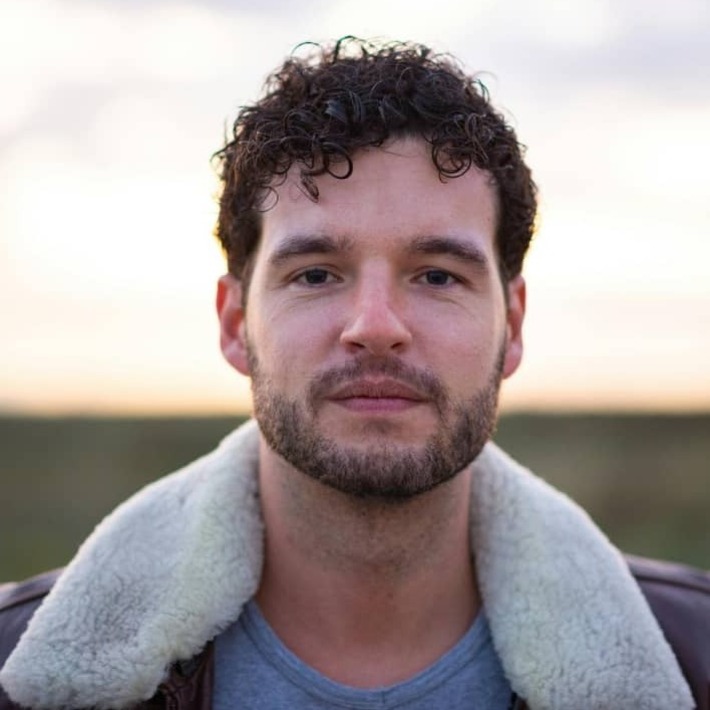What To Do If You See A Cobra On Vacation? 7 Steps You Must Take
Seeing a cobra on vacation can be a scary experience, but knowing how to react is key. Here’s what to do to stay safe and avoid danger during your trip.
Author:Liam JonesReviewer:Maya ReyesSep 29, 2024640 Shares159.9K Views

Vacations are meant to be a time of relaxation and adventure, but encountering a cobra can quickly turn a peaceful moment into a nerve-wracking experience. Being in unfamiliar territory and coming face-to-face with a potentially dangerous snake can be overwhelming, especially if you don't know how to react. Fortunately, staying calm and informed can make all the difference in keeping you safe.
Understanding how to handle a cobra sighting not only helps you avoid unnecessary panic but also ensures you respond in the safest way possible. From recognizing the signs of a cobra to knowing the immediate steps to take, this article will provide essential tips for staying safe if you encounter one on vacation.
How To Tell If A Snake Is A Cobra?
Identifying a cobra from other snakes is crucial, especially if you're in regions where venomous species are common. Cobras have several distinct physical traits and behaviors that set them apart, making it easier to recognize them, even from a safe distance. Here are the key characteristics to look for when determining if a snake is a cobra:
The Iconic Hood
One of the most recognizable features of a cobra is its hood, which it flares when feeling threatened. The hood is created by the snake's ribs and muscles spreading the skin around its neck, forming a wide, intimidating display. Cobras, along with other elements, have been used in art and literature, often connected to the symbolism of snakes and roses, representing dualities such as danger and beauty.
If the snake is not feeling threatened, this feature may not be as prominent, but the potential for it to expand the hood is a key indicator that the snake could be a cobra.
Head Shape And Eye Characteristics
Cobras have a distinct head shape, slightly wider than their neck, and round eyes with large, black pupils. Their heads tend to appear broader when compared to non-venomous snakes. Cobras’ eyes are often a bit more prominent, especially when the snake feels defensive.
Color And Pattern
While cobras can vary in color, they are typically shades of brown, black, or olive, with some species showing distinct patterns. For example, the Indian cobra may have circular markings, sometimes resembling eyespots, on the back of its hood. King cobras, on the other hand, are more uniformly colored, typically olive-green or black, with light bands running along their body. Keep in mind that color and pattern can vary depending on the species and age of the snake.
Size
Cobras are generally medium to large snakes. The King Cobra, the longest venomous snake in the world, can grow up to 18 feet (5.5 meters), although the average cobra species ranges between 5 to 8 feet (1.5 to 2.5 meters) in length. Their large size and ability to lift part of their body off the ground when defensive make them easy to identify.
Defensive Posture
Cobras are known for their defensive posture. When threatened, they rear up, elevate the front part of their body, and spread their hood. Cobras often hiss loudly and sway side to side in this stance, signaling a warning to back off. This posture is unique and one of the easiest ways to recognize a cobra among other dangerous animals.
Spitting Behavior (in Spitting Cobras)
Some cobras, such as the Spitting Cobra, have the unique ability to eject venom from their fangs towards a threat, aiming for the eyes. This venom can cause temporary blindness and intense pain, so if you see a snake spitting venom, it’s a clear sign that it’s a type of cobra. This behavior is primarily used as a defense mechanism rather than for hunting.
Geographic Location
Cobras are commonly found in Southeast Asia, India, Africa, and some parts of the Middle East. If you encounter a snake in these regions and it exhibits some of the physical traits mentioned, it could likely be a cobra. Knowing the habitat where cobras thrive can help narrow down identification.
Venomous Bite
While you should never get close enough to find out, cobras are venomous and use their fangs to deliver neurotoxic venom. If you encounter a snake that matches a cobra’s description, assume it is venomous and exercise extreme caution. Do not attempt to handle or provoke the snake.
1. Why Cobras Appear In Vacation Spots
Cobras are typically found in regions with tropical or subtropical climates, including parts of Southeast Asia, Africa, and India. As these areas are also popular traveldestinations, especially for eco-tourism, it’s not uncommon for visitors to cross paths with wildlife. For those who enjoy solo travel for self-discovery, visiting these regions can offer both excitement and a connection with nature.
Cobras tend to inhabit forests, grasslands, and rural areas, but they can sometimes venture closer to human settlements, especially during the dry season when they seek water or food. Resorts built near natural habitats can occasionally witness cobra sightings. However, encounters are rare, and cobras generally avoid humans unless they feel threatened.
Additionally, the spread of urbanization into previously wild areas increases the likelihood of encountering a cobra in hotels, lodges, or campsites that may have been built close to their natural environment.
2. Immediate Steps To Take When You See A Cobra
Spotting a cobra can be a nerve-wracking experience, but how you respond can significantly reduce the risk of an incident. Here are the most important things to do:
- Stay Calm and Don’t Panic: Cobras are more likely to strike if they sense a threat. Remaining calm reduces your chances of provoking a defensive response.
- Back Away Slowly: If the cobra has noticed you, avoid sudden movements. Slowly back away to create as much distance as possible between you and the snake.
- Maintain a Safe Distance: Keep at least 15 feet (5 meters) between you and the cobra. This distance minimizes the chance of a strike, as cobras are not naturally aggressive unless cornered.
- Signal to Others Quietly: If you’re with a group, use hand signals or soft whispers to alert them without causing alarm or startling the snake.
- Give the Cobra Space to Retreat: If the cobra feels trapped, it’s more likely to strike. By backing away and giving it space, you allow the snake to retreat safely.
3. What NOT To Do If You See A Cobra
Just as important as knowing what to do is understanding what not to do. Certain actions can escalate the situation and increase the danger.
- Don’t Approach or Provoke the Cobra: Never attempt to touch, catch, or provoke the cobra in any way. Even cobras that appear calm can react unpredictably if they feel threatened.
- Avoid Sudden Movements: Running or making quick movements can trigger a defensive strike from the snake. Stay still or move slowly to avoid drawing attention.
- Do Not Throw Objects: Throwing rocks or sticks at a cobra will not drive it away but will instead make it feel threatened, increasing the likelihood of an attack.
- Don’t Attempt to Kill the Cobra: In many countries, cobras are protected species. Attempting to harm or kill them can not only put you at risk but may also be illegal.
4. Cobra Behavior - Why It’s Important To Understand
Understanding cobra behavior can help demystify why the snake is acting in certain ways and prevent unnecessary panic. Cobras are generally non-aggressive toward humans unless they are provoked or feel trapped.
- Defensive Posture: When threatened, a cobra may rise up and flare its iconic hood as a warning display. This is often a bluff meant to deter predators, and the snake will only strike if the threat persists.
- Strike Distance: Cobras can strike from a distance equal to about one-third of their body length. This is why keeping a safe distance is crucial.
- Venomous Bite: While cobras are venomous, bites are rare when people follow proper safety protocols. Cobras will generally attempt to retreat if given the opportunity.
- Avoiding Conflict: Most cobra encounters end peacefully if humans back away and give the snake room to escape. Understanding that cobras are not actively hunting humans can ease the fear associated with such encounters.
5. How To Respond If A Cobra Strikes
Though cobra bites are rare, it’s important to know what to do in the unlikely event of a snake bite. The venom of a cobra is neurotoxic, meaning it affects the nervous systemand can lead to paralysis if not treated promptly. Here's how to respond:
- Stay Calm: Panic can increase your heart rate and accelerate the spread of venom. Keep as still and calm as possible.
- Call for Help Immediately: Seek medical help as quickly as possible. Most major tourist destinationswhere cobras are found will have access to antivenom.
- Immobilize the Affected Area: Keep the bitten limb as still as possible to slow the spread of venom. You can use a splint to prevent unnecessary movement.
- Avoid Traditional Remedies: Do not apply a tourniquet, cut the wound, or try to suck out the venom. These methods are outdated and can cause more harm than good.
- Keep the Bite Below Heart Level: If possible, keep the bite area below the level of the heart to slow the spread of venom through the bloodstream.
6. Cobra Safety Tips For Travelers
Preventing a cobra encounter is the best way to stay safe. Follow these tips to reduce your chances of seeing a cobra during your vacation:
- Stay Vigilant in Nature: When walking through tall grass or wooded areas, be aware of your surroundings. Use a walking stick to tap the ground ahead of you, as vibrations can scare away snakes.
- Wear Proper Footwear: Always wear closed shoes and long pants when hiking or walking through natural areas, as this offers some protection.
- Use a Flashlight at Night: Cobras are more active at night. When walking after dark, always carry a flashlight and check your path carefully.
- Check Your Surroundings: Before sitting down or picking up bags or shoes left outside, inspect the area to ensure no snakes are nearby.
- Ensure Accommodations Are Sealed: If you’re staying in a rural or forested area, make sure doors, windows, and vents are properly sealed to prevent cobras from entering your room.
FAQs
Are Cobras Aggressive Toward Humans?
No, cobras are generally shy and will avoid human contact. They only become defensive when they feel threatened or cornered.
What Should I Do If A Cobra Enters My Hotel Or Campsite?
Remain calm and move away slowly. Contact local authorities, animal control, or the hotel staff for professional assistance in removing the snake.
How Common Are Cobra Encounters In Popular Vacation Spots?
Cobra encounters are relatively rare, but they can occur in areas where tourists visit the natural habitats of snakes, particularly in Southeast Asia, India, and parts of Africa.
What Are The Chances Of Surviving A Cobra Bite?
With prompt medical treatment and antivenom, the chances of surviving a cobra bite are very high. Immediate action is crucial.
Should I Carry A Snakebite Kit When Traveling To Areas With Cobras?
While a snakebite kit can be useful, it is far more important to seek immediate professional medical attention in the event of a bite.
Final Words
Seeing a cobra while on vacation may not be the adventure you planned for, but being prepared for such a scenario can turn a potentially dangerous encounter into a manageable situation. By staying calm, understanding cobra behavior, and following the right steps mentioned above, you can avoid harm and keep yourself and others safe.
Traveling to regions with diverse wildlife should be enjoyed, and being equipped with the right knowledge allows you to embrace new experiences confidently. Keep these safety tips in mind, and you can still enjoy the natural beauty of your destination without fear.

Liam Jones
Author
Liam Jones has made it his mission to prove that adventure doesn’t need a hefty budget. Having traveled to over 40 countries, he specializes in finding affordable ways to experience the world, from the best street food in Bangkok to hidden gems in Lisbon.
Liam’s travel tips have reached thousands of readers, empowering them to see the world on a shoestring budget without sacrificing quality. With a deep passion for local cultures, he continues to share his travel hacks, ensuring adventure remains accessible to all.

Maya Reyes
Reviewer
Maya Reyes’s wanderlust was sparked in the temples of Luang Prabang, where the scent of lemongrass and the chants of monks revealed the transformative power of travel.
Since then, her journey has been defined by cultural immersion and authentic connections. From learning batik in Indonesia to sharing meals with nomadic families in Mongolia, Maya seeks experiences that highlight the human stories behind each destination.
Travel for her is a way to weave her narrative into the world’s cultural tapestry, creating bridges across diverse ways of life. Maya has traveled to 15 countries and shares her insights through writing and storytelling.
Latest Articles
Popular Articles